The Balance of Life: Strength and Stability as We Age
The sun rises, golden and quiet. A man stands on a Bosu Ball. He wobbles, his ankles working, his knees bending. He holds his arms out, steadying himself like a sailor on rough seas. This is not just balance training. It is life training.
As we age, balance becomes more than grace; it is survival. Falls are common, and they break more than bones. They break confidence. Stability training can change that. A Bosu Ball or a balance board may look simple, but they are tools of transformation.
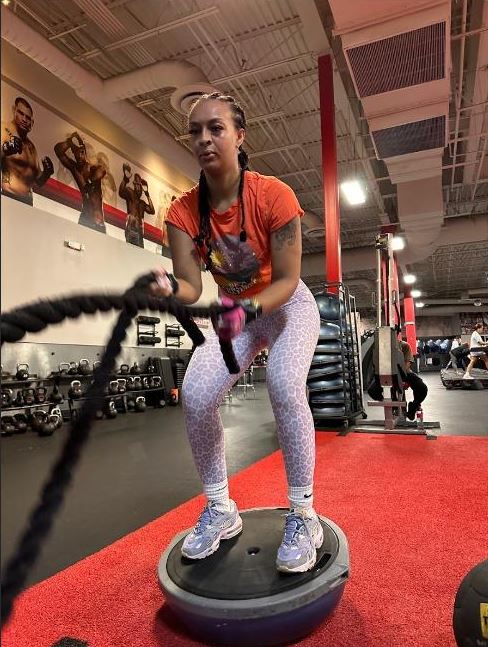
The Power of the Core
Your core is your body’s anchor. It keeps you upright and controls your movements. When you train with a Bosu Ball, your core muscles engage deeply. They fight to keep you steady. This builds strength from within.
The Foundation: Ankles and Knees
Your ankles and knees are the foundation of your mobility. The Bosu Ball tests them. It makes them stronger. As you balance, your muscles and tendons adapt. They become more responsive. This is how you protect yourself from missteps and falls.
Strength in Hips, Strength in Life
Mobility in the hips is a gift of freedom. A strong hip means a stable stride. It means climbing stairs without fear. The balance board gives your hips the challenge they need. Consistency is key. Train regularly, and you will feel the change.
Balance Is Strength
Balance is not just for gymnasts. It is the heart of strength. Without it, strength falters. A Bosu Ball or balance board teaches your body harmony. It brings your muscles and mind into sync.
The Long Road Ahead
Life is a long walk. The road twists and turns, but with balance and stability, you keep moving. These simple tools—the Bosu Ball, the balance board—are keys to a longer, stronger life. They help you build resilience.
So stand tall. Wobble today so you can stride tomorrow. The strength you build now will carry you far, steady and sure, into the years ahead.
About the Author: Jason Safford, CSCS, CES (Coach J), is the Founder and Chief Performance Coach for Win Your Day Now (www.winyourdaynow.com). With over 30 years of experience in health, fitness, and life coaching, he has worked with clients of all ages, from young athletes to active seniors. He holds more than 10 certifications, specializing in areas such as transformation, nutrition, sports psychology, and corrective exercise. A dedicated husband, father, and author, Jason has published Winning with Exceptionalism and is preparing to release Win Your Day.

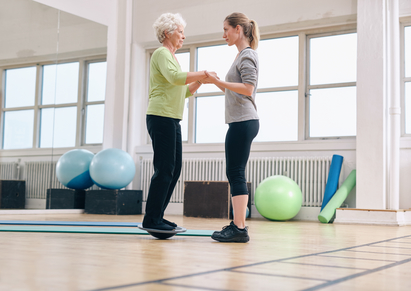
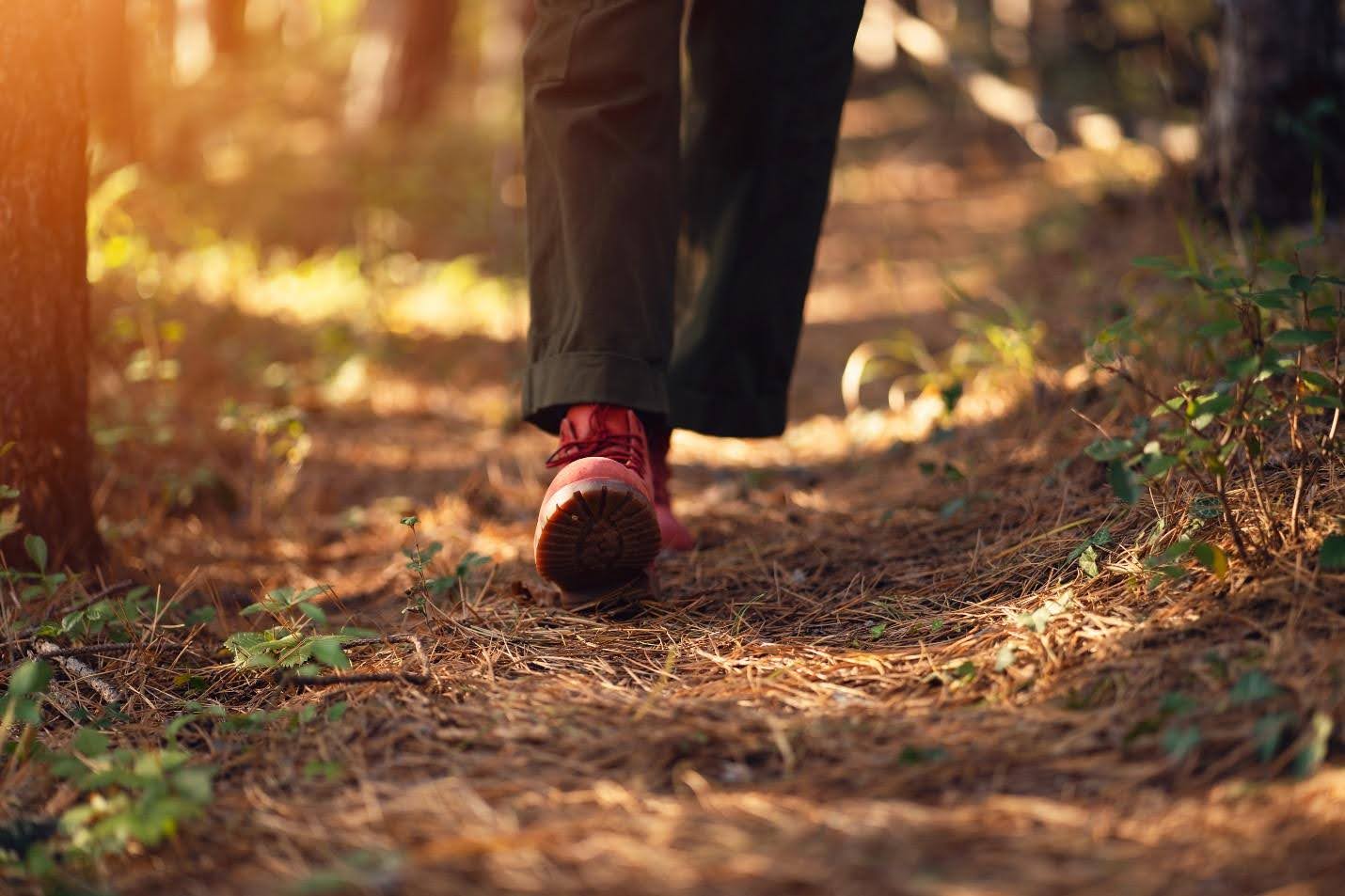
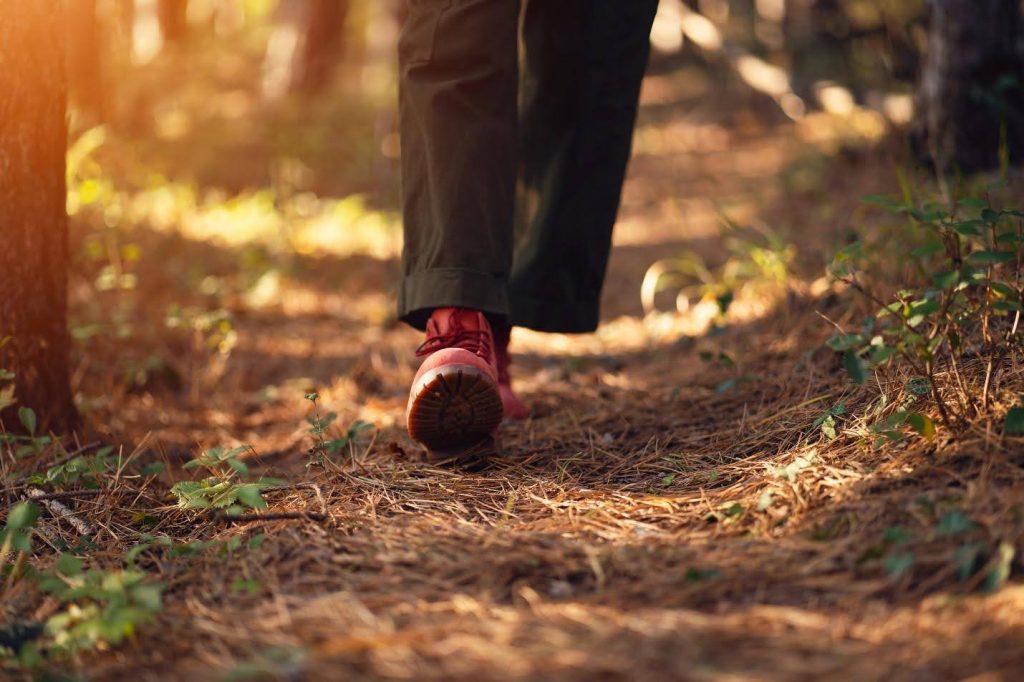
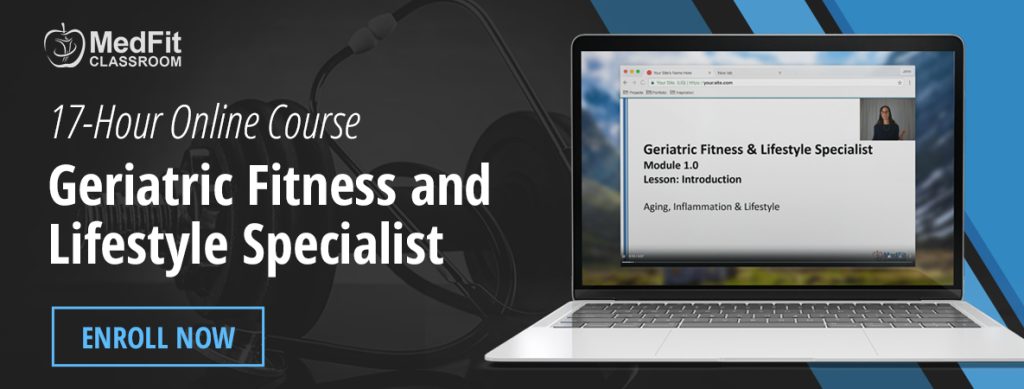
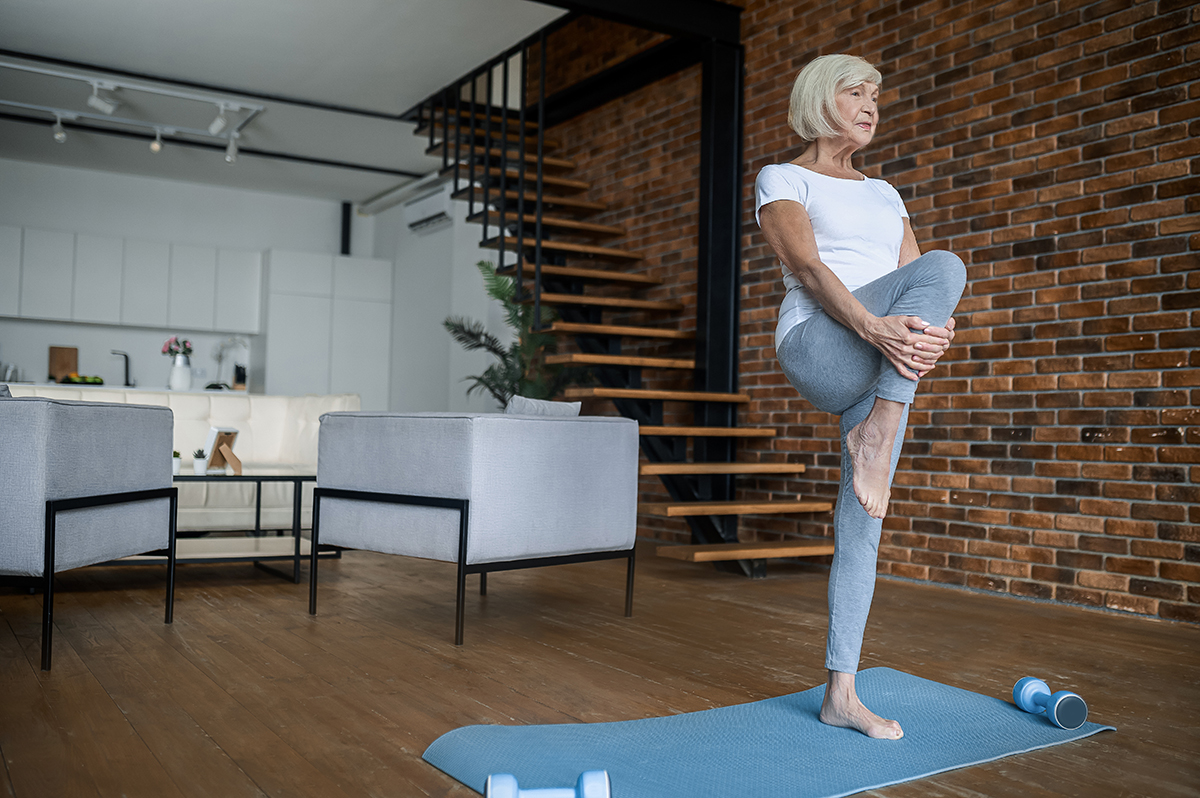
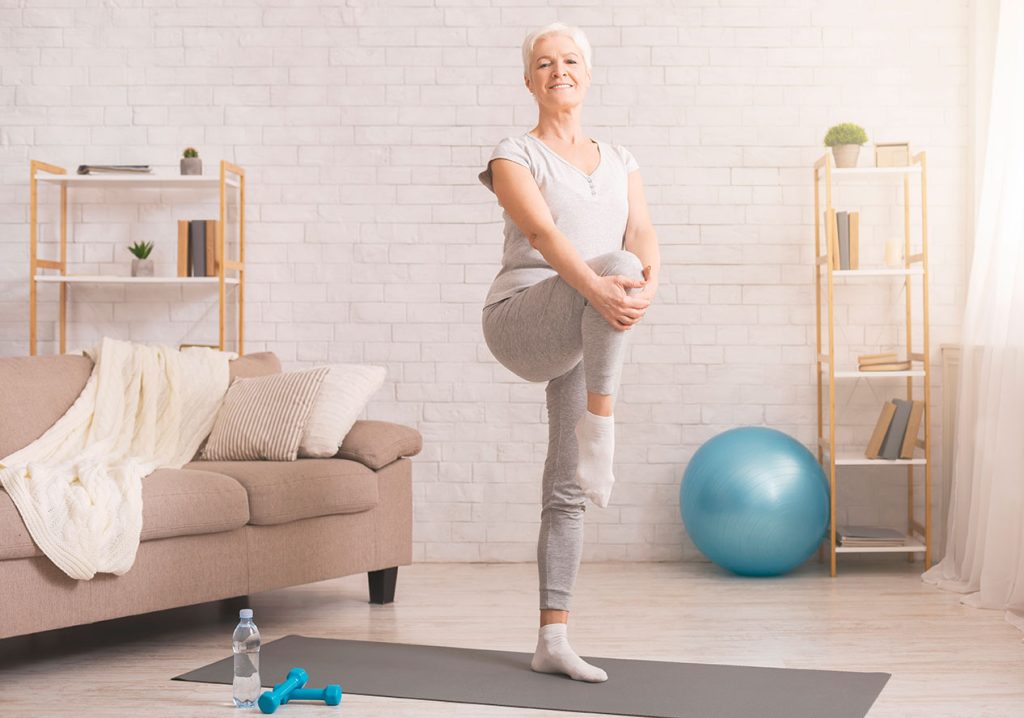
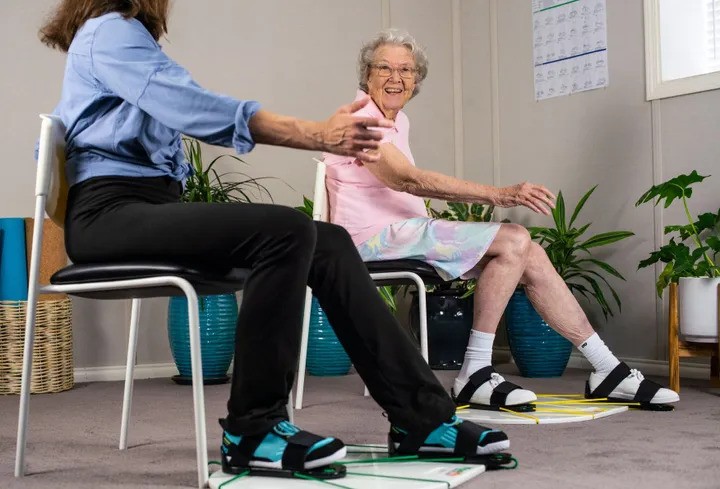
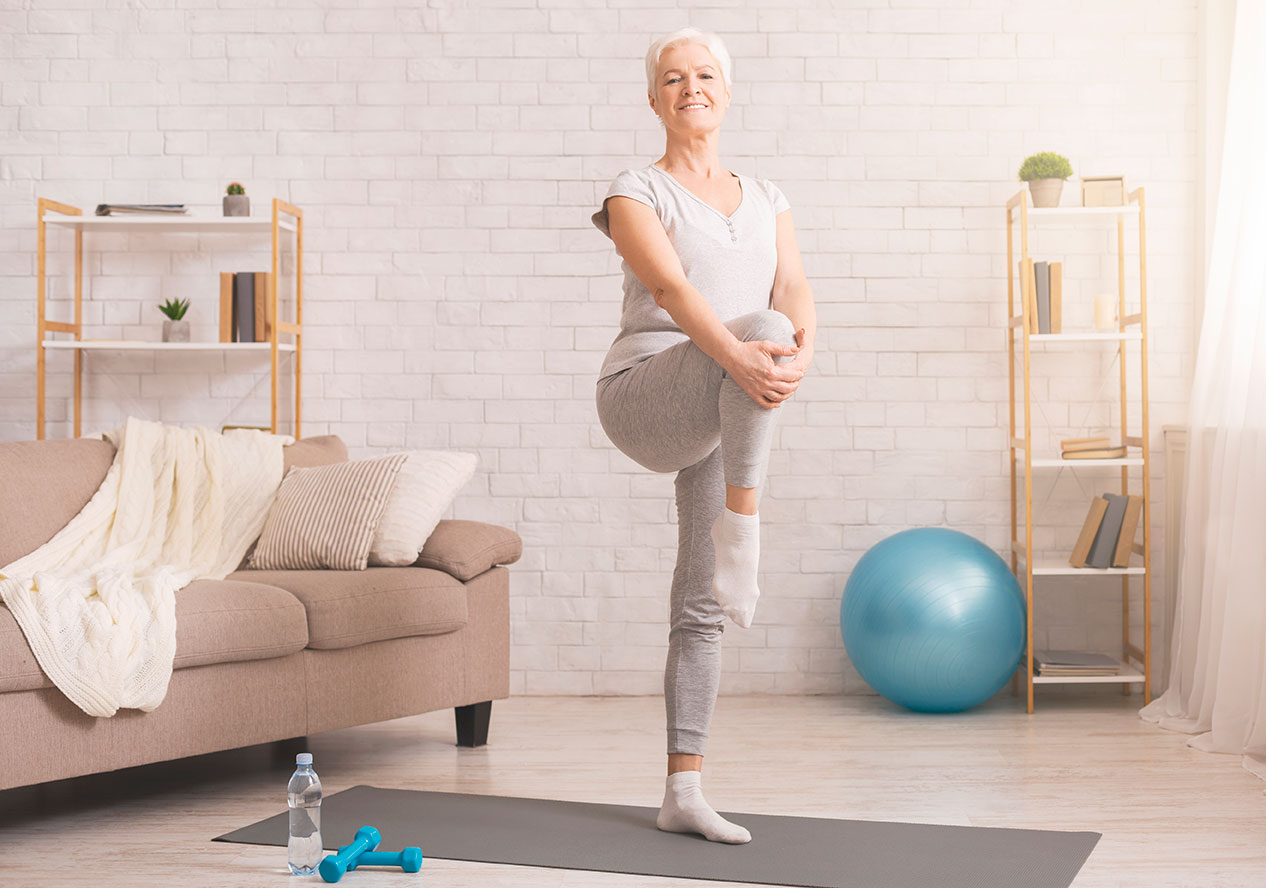
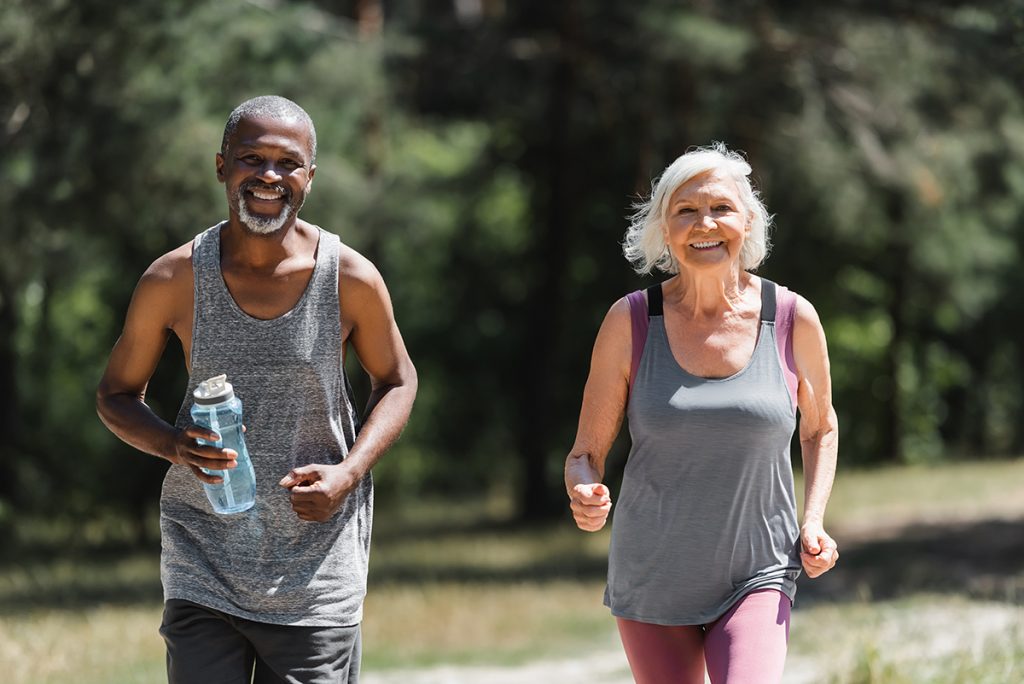
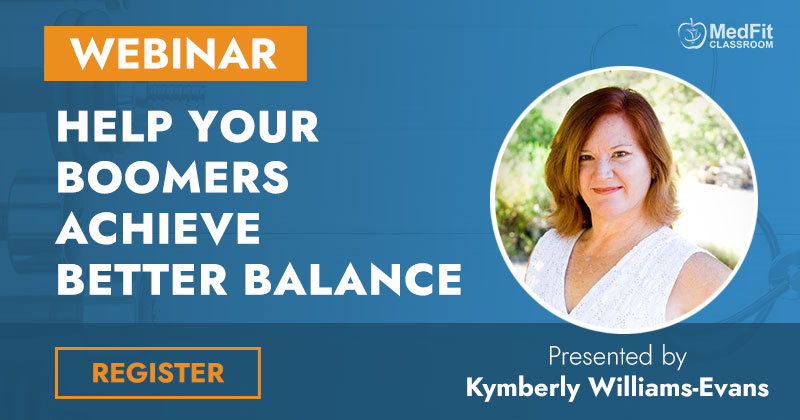
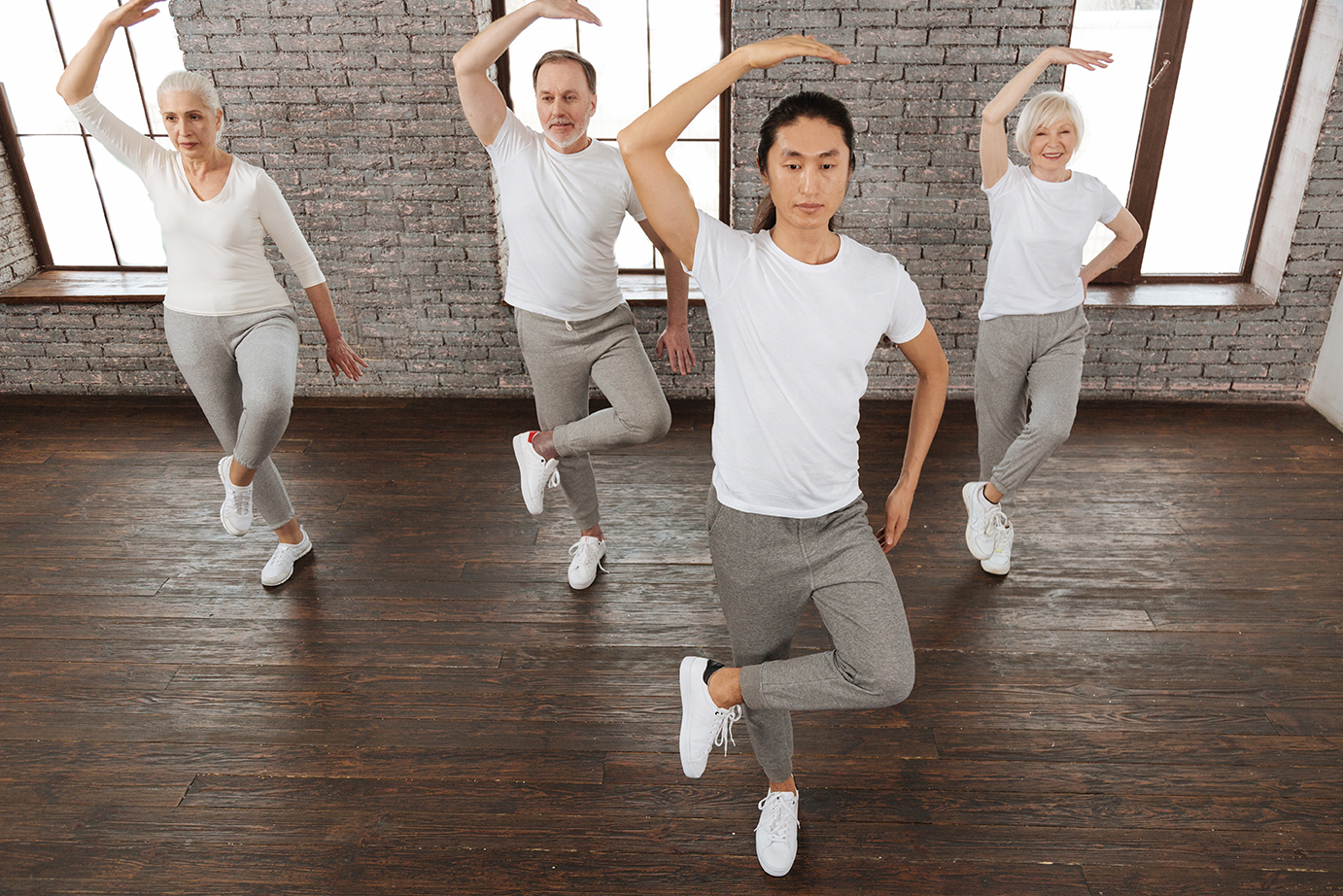
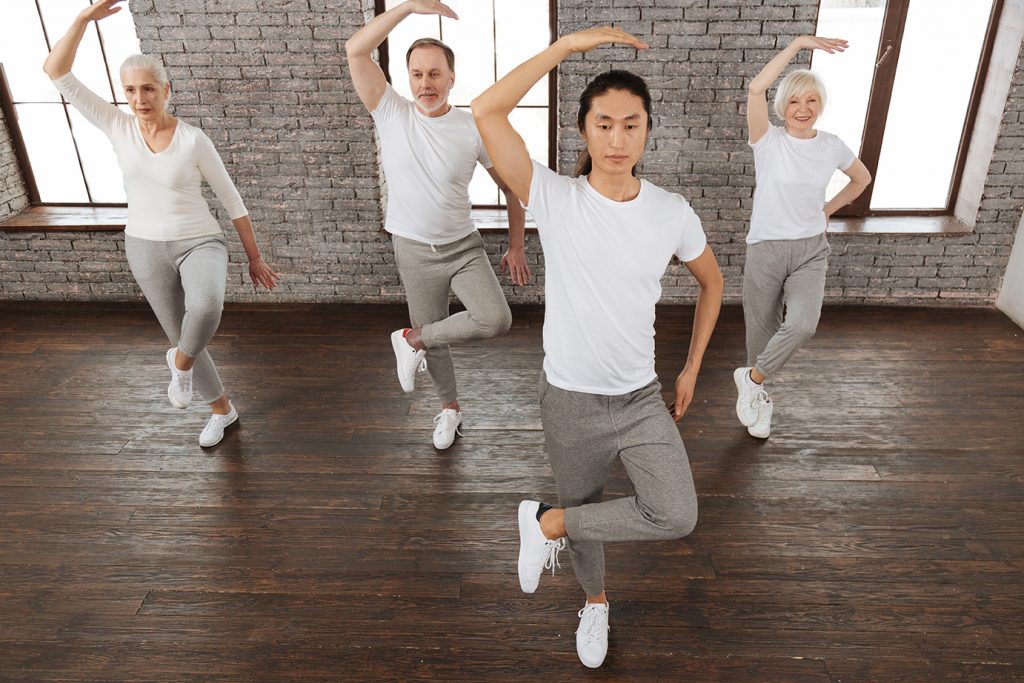
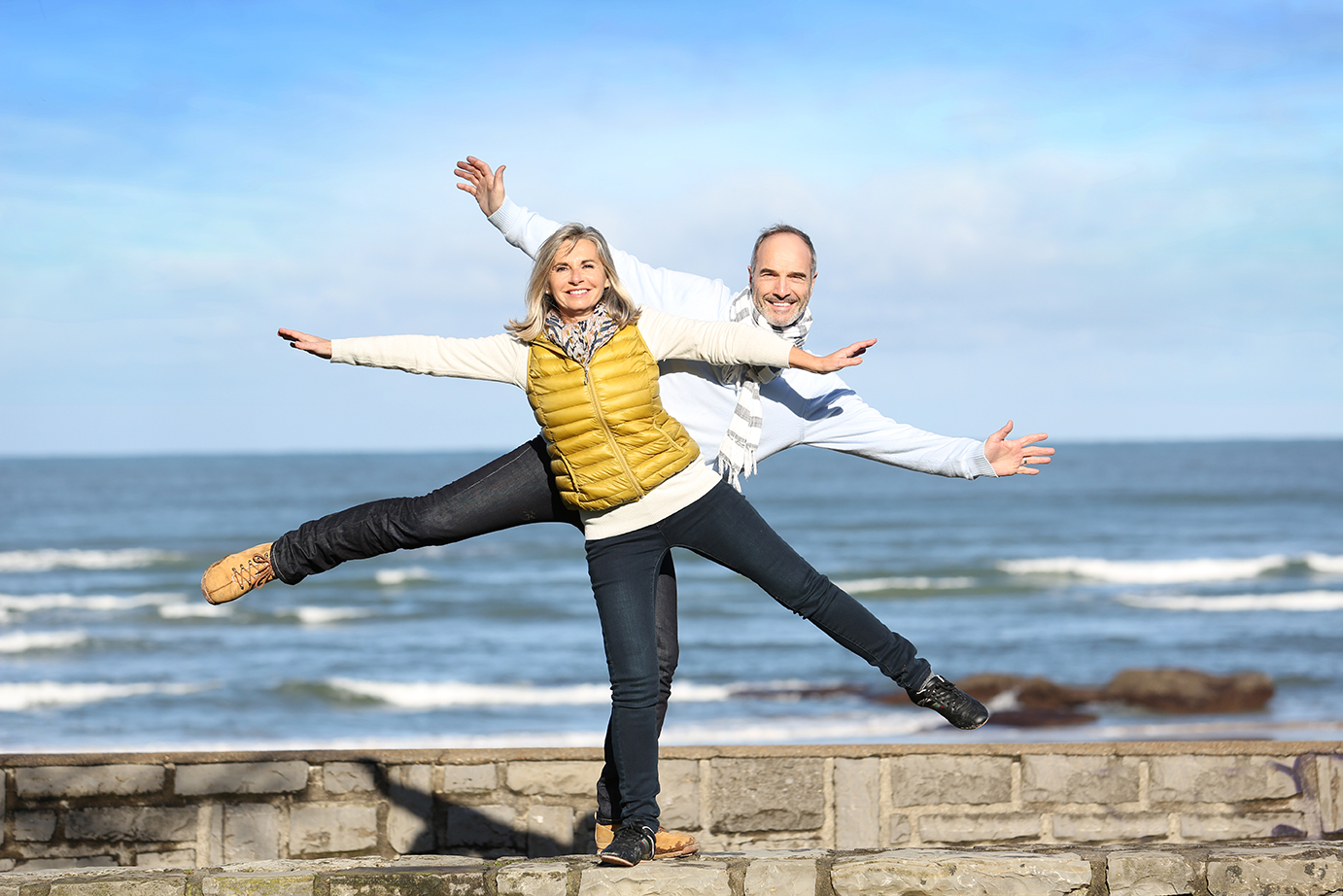
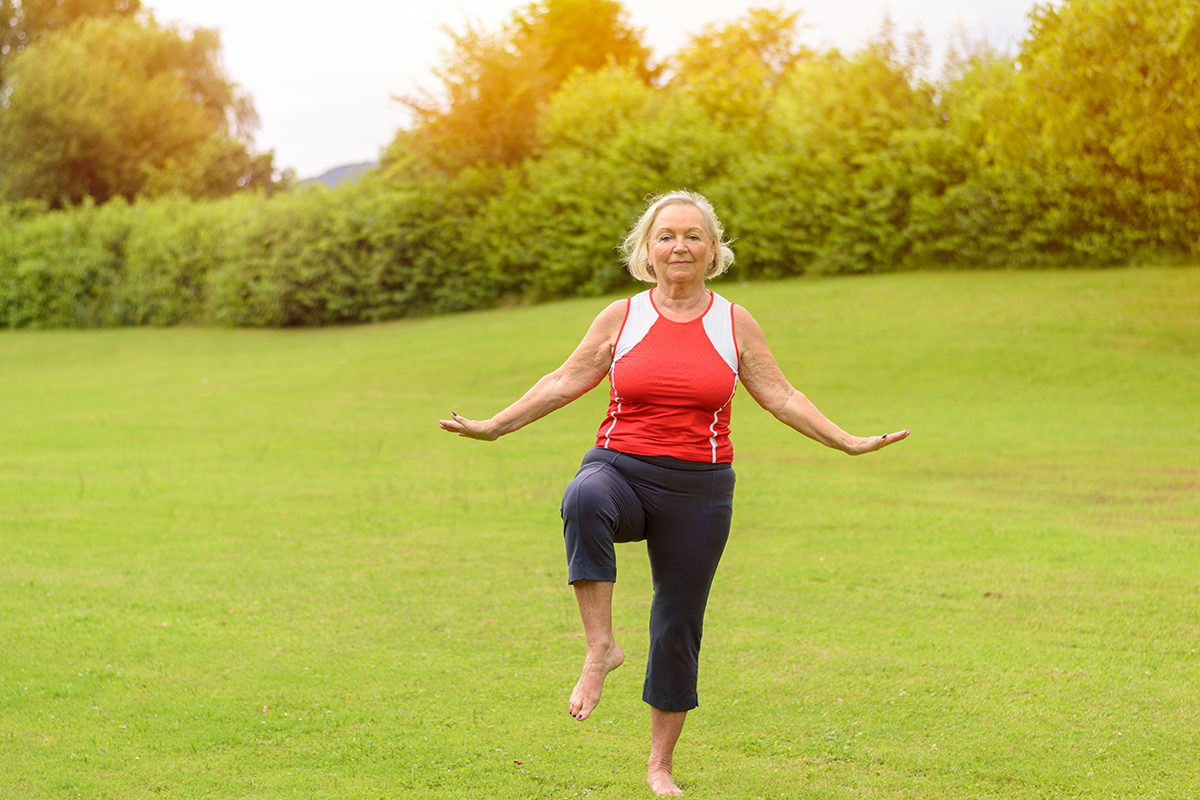
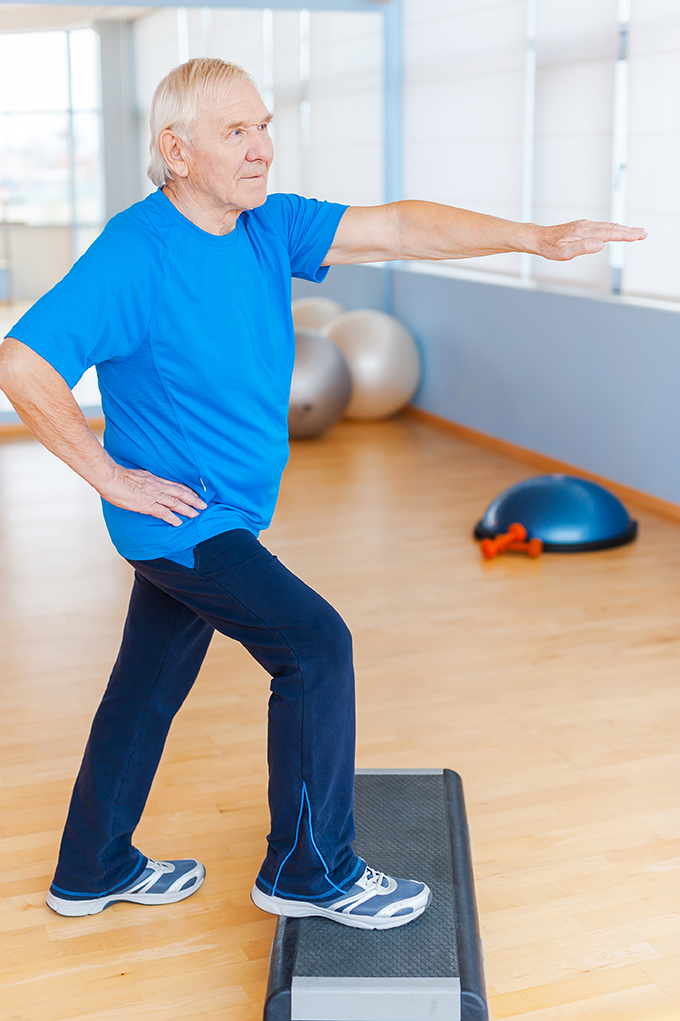 Physical balance is complex and can change daily. Many clients will refer to how long they can stand on one leg when asked about balance issues, but how useful is this as a measure of their postural control or their risk of falling?
Physical balance is complex and can change daily. Many clients will refer to how long they can stand on one leg when asked about balance issues, but how useful is this as a measure of their postural control or their risk of falling?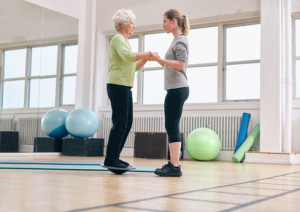 Challenges with balance and stability can happen to all of us as we get older, but is certainly more prevalent in our Parkinson’s community. Maintaining lower body strength in conjunction with balance is very important as it decreases one’s chances of falling.
Challenges with balance and stability can happen to all of us as we get older, but is certainly more prevalent in our Parkinson’s community. Maintaining lower body strength in conjunction with balance is very important as it decreases one’s chances of falling.